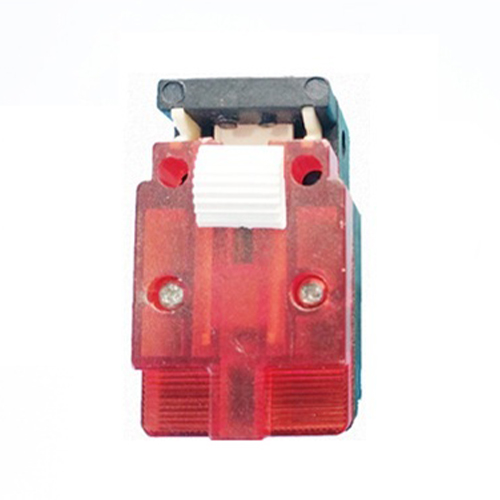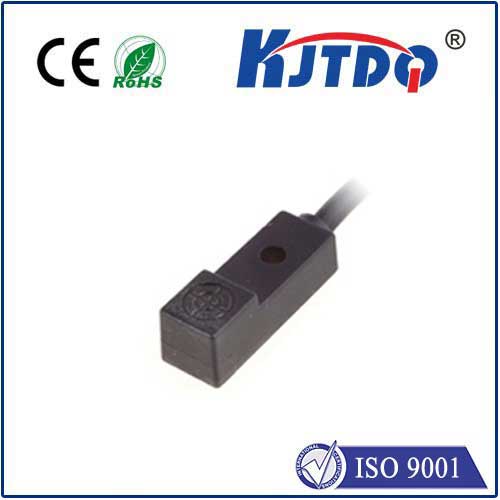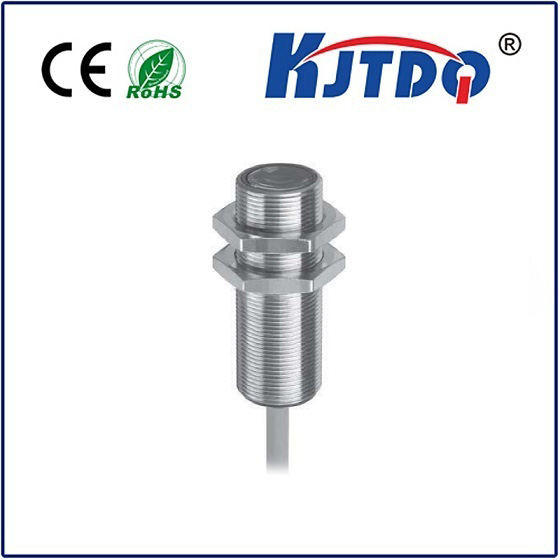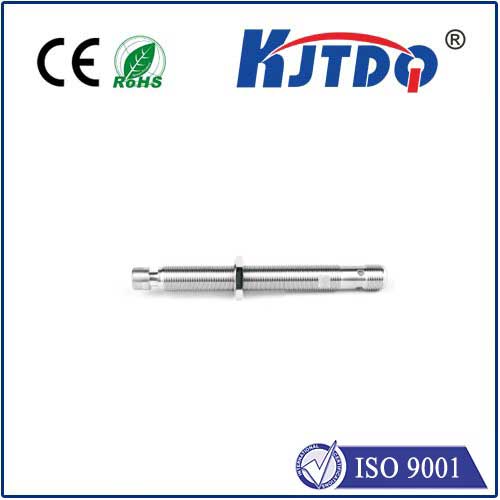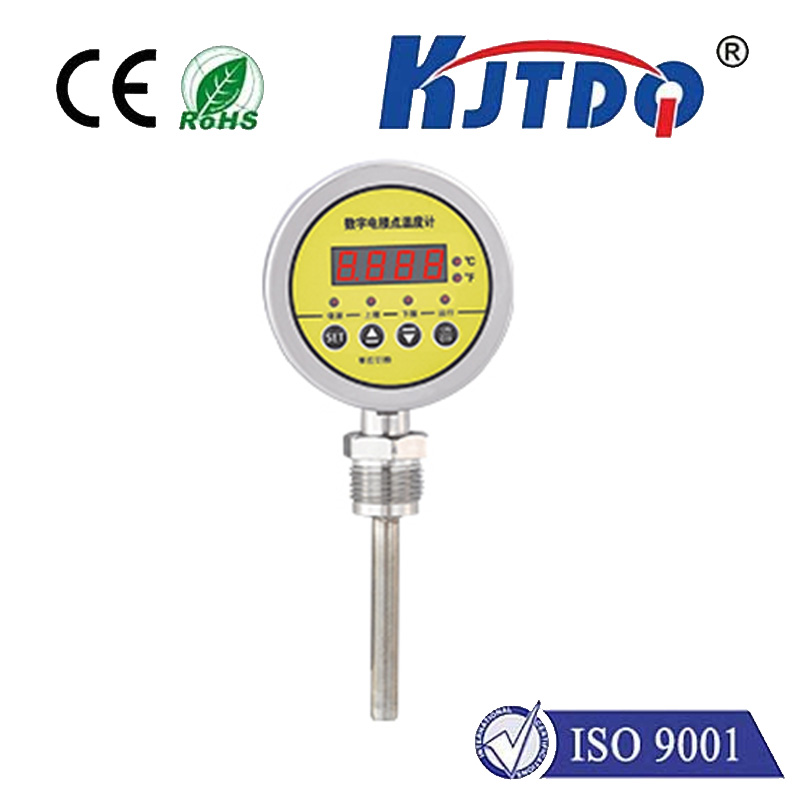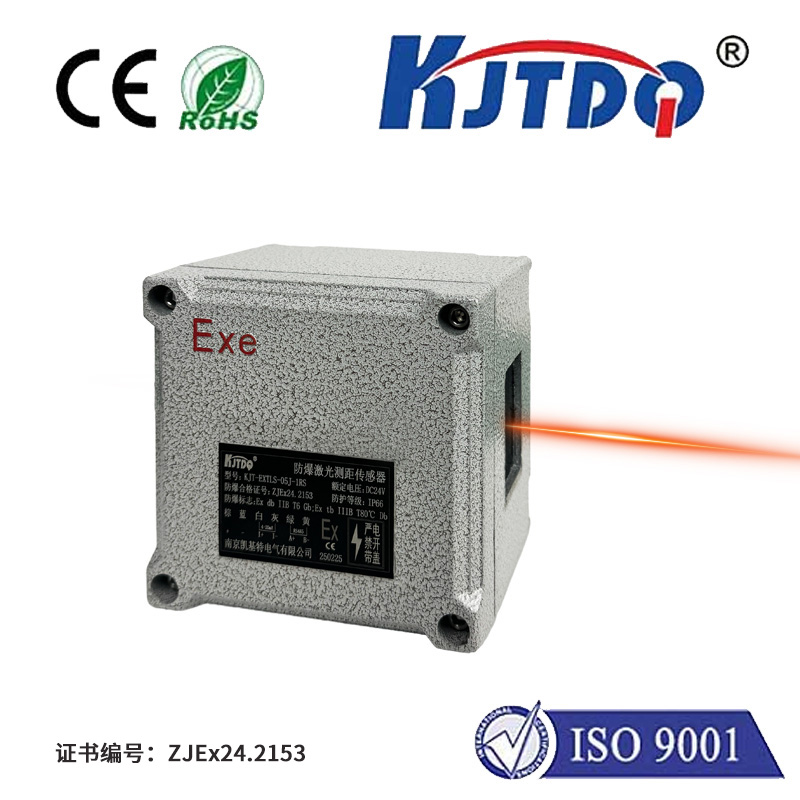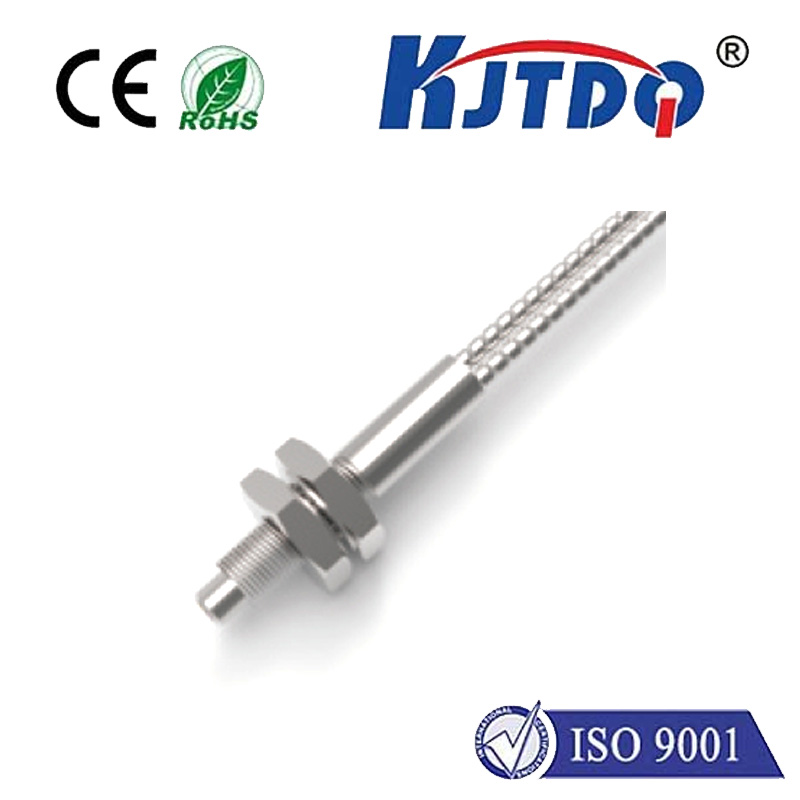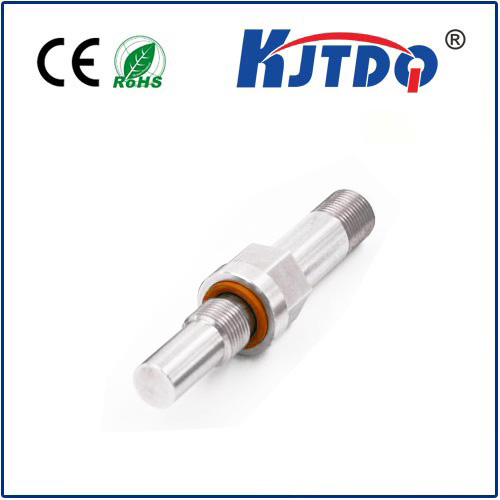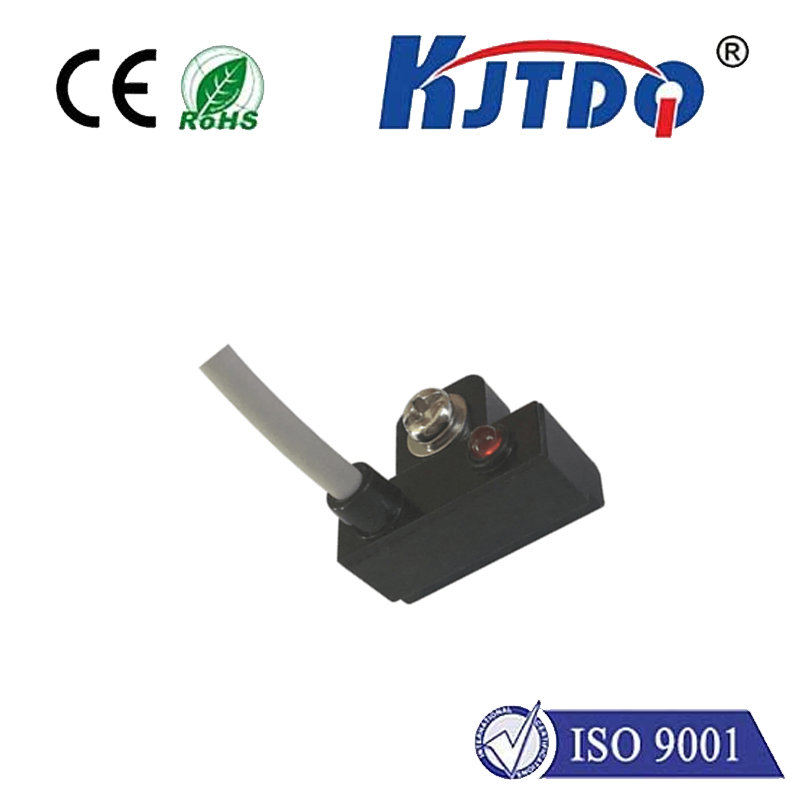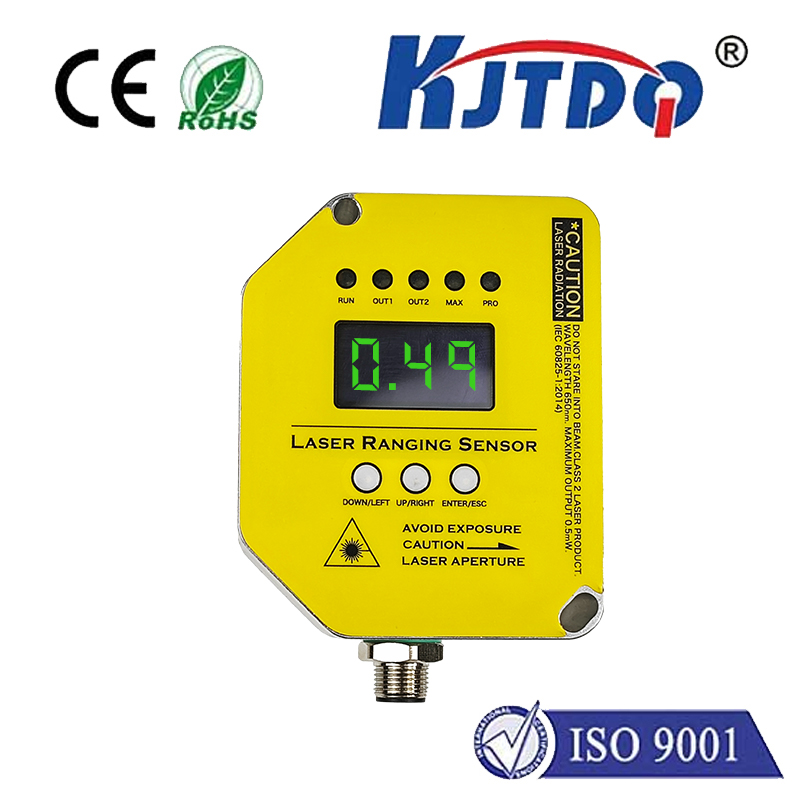proximity switch sensor npn
- time:2025-09-05 13:52:00
- Нажмите:0
NPN Proximity Sensors: The Silent Sentinels of Industrial Automation
Imagine a factory humming with activity. Conveyors belt rattle, robotic arms swing with precision, and machines stamp or weld with rhythmic intensity. Beneath this orchestrated chaos lies a network of unseen guardians ensuring safety, efficiency, and flawless operation. Among the most crucial are proximity sensors, and specifically, NPN proximity switches, the workhorses detecting presence without a single touch. Understanding their function and wiring is fundamental to mastering modern industrial control systems.
At their core, proximity sensors are non-contact devices. They detect the presence or absence of a metallic (or sometimes non-metallic) target object within their sensing range – without physical contact. This is achieved primarily through two methods:
- Inductive Sensing: For metallic targets (most common for NPN industrial variants), an oscillating electromagnetic field generated by the sensor coil is disturbed by the approaching target. This disturbance alters the circuit’s state, triggering the switch output.
- Capacitive Sensing: Detects both metallic and non-metallic objects by measuring changes in capacitance caused by an object entering an electrostatic field.
This non-contact nature grants proximity sensors significant advantages: long operational life (no moving parts to wear out), high reliability, resistance to dirt, oil, and vibration, and the ability to sense objects at high speeds.
Understanding the “NPN” Designation: The Output Type Matters
The term “NPN proximity sensor” doesn’t refer to the sensing principle itself, but rather to the type of transistor used in its output switching circuit and its wiring configuration. It’s a critical specification defining how the sensor integrates into your control system.

Transistor outputs are the modern standard for most industrial proximity sensors, replacing older mechanical relays due to their speed, lack of contact wear, and smaller size. Transistors act as solid-state switches. The “NPN” and its counterpart “PNP” define the transistor type and consequently the signal flow:
- NPN Transistor Output: In an NPN proximity sensor, the transistor connects the output signal wire (typically black or brown) to the negative supply voltage (0V, GND, or -) when the sensor is active (target detected).
- Think of it as the sensor “sinking” current to ground.
- Output State Active: Output terminal switched to GND (-).
- Output State Inactive: Output terminal is “floating” (high impedance) – not connected to either +V or GND.
- PNP Transistor Output: Conversely, a PNP sensor connects the output signal wire to the positive supply voltage (+V) when active (“sourcing” current).
Why Choose an NPN Proximity Sensor? Wiring and Compatibility
The choice between NPN and PNP often boils down to regional preferences and the type of input module on your Programmable Logic Controller (PLC) or control relay:
- PLC Input Module Type:
- Sinking Input Modules: These modules provide a path to positive voltage (+V) internally. They require a sensor that can connect the input point to ground (0V) to activate. NPN proximity sensors are the perfect match for sinking inputs. When the sensor detects a target, it closes the switch to ground, completing the circuit through the PLC’s internal path to +V, thereby signaling the input point.
- Sourcing Input Modules: These modules provide a path to ground (0V) internally. They require a sensor that can connect the input point to positive voltage (+V) – making PNP sensors the ideal partner.
- Safety Considerations (Less Common but Relevant): In specific safety circuits where an “active-low” signal (a transition from high to low voltage indicating a problem) is preferred for fail-safe operation, NPN outputs can be advantageous. An NPN sensor’s output going to ground (low) when active aligns with this logic.
- Prevailing Standards: Certain industries or geographical areas have historical preferences favoring one type over the other.
Key Advantages of NPN Proximity Switches in Action
Beyond output type, inductive NPN proximity sensors offer compelling benefits driving their widespread industrial use:
- Robustness & Reliability: Hermetically sealed housing protects against dust, moisture, oils, coolants, and vibration. Solid-state design eliminates contact bounce and wear.
- High-Speed Operation: Capable of detecting targets thousands of times per second, perfect for high-speed counting, positioning, and automation tasks.
- Non-Contact Sensing: Eliminates wear on both the sensor and the target object, ensuring long service life and maintenance-free operation.
- Многогранность: Available in diverse shapes (cylindrical, rectangular), sizes, sensing ranges, housing materials (nickel-plated brass, stainless steel), and connection types (cable, connector). Shielded versions allow flush mounting; unshielded offer longer ranges.
- Cost-Effectiveness: Provides a durable, reliable sensing solution at a competitive price point.
Ubiquitous Applications: Where NPN Proximity Sensors Shine
You’ll find NPN proximity sensors silently performing critical tasks in virtually every facet of automation:
- Position Detection: Confirming parts are present at machining stations, end-of-stroke detection for cylinders, monitoring slide positions.
- Object Counting: Tracking products on conveyor lines (bottles, cans, packages).
- Speed Monitoring: Measuring RPM of rotating shafts or wheels using gear teeth detection.
- Level Control: Detecting metal objects or conductive liquids in tanks (using capacitive variants).
- Machine Safety: Monitoring guard door positions as part of safety interlock circuits (though often combined with dedicated safety relays).
- End-of-Travel Detection: On automated guided vehicles (AGVs), elevators, or lifts.
- Перевозка материалов: Controlling sorting gates, palletizing operations, and fill-level detection.
Installation and Wiring Essentials
Proper wiring is paramount for reliable NPN proximity sensor operation:
- Identify Wires: Typically, Brown = +V Supply, Blue = 0V/GND (-), Black = Signal Output.
- Power Supply: Connect Brown to the positive DC voltage (usually 10-30V DC) and Blue to the negative/ground terminal of the power source.
- Load Connection: Connect one side of your load (PLC input, relay coil, indicator lamp) to the positive DC supply (+V). Connect the other side of the load to the Black (Signal) wire of the sensor.
- Operation: When a target enters the sensing range, the internal NPN transistor switches ON, connecting the Black wire to GND. This completes the circuit: +V Supply > Load > Black Wire > Sensor Internals > GND. Current flows, activating the load.
- Crucial Point: The load gets power from the external supply; the sensor simply provides the path to ground when activated.
Selecting the Right NPN Proximity Sensor
Consider these factors:
- Sensing Distance: Choose a sensor with a nominal sensing range slightly larger than the required detection gap. Account for temperature effects and target material.
- Target Material: Standard inductive sensors detect ferrous metals best. For non-ferrous metals, choose sensors designed for reduced sensing distances or look for specific non-ferrous models.

